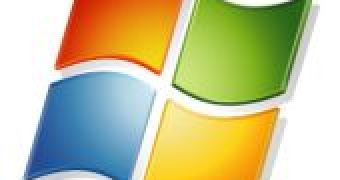Microsoft has wrapped up a package of technologies it is backporting from Windows 7 to Windows Vista. On October 27th, 2009, the Redmond company announced that the Platform Update for Windows Vista had been finalized and that it would be automatically served to customers running Vista plus the second Service Pack for the OS. Vista SP2 is mandatory in order for users running Windows XP’s successor to be able to access, download, and install the Platform Update for Windows Vista.
“The Platform Update for Windows Server 2008 and the Platform Update for Windows Vista are collections of runtime libraries that make it easy for developers to target a wider customer base,” Microsoft revealed. “All the updated technologies in the Platform Update for Windows Vista are already included in Windows 7. The Platform Update for Windows Vista is not required for Windows 7. To apply the Platform Update for Windows Vista, you must have Windows Vista Service Pack 2 installed.”
Those testers and early adopters used to living on the edge of technology no doubt remember that in the first half of September 2009 Microsoft kicked off a Beta testing program for the Platform Update for Windows Vista. At that time users were required to download and execute a script/registry hack that would allow their Vista SP2 systems to recognize the package of Windows 7 technologies cooked by Microsoft. Well, the Platform Update for Windows Vista is no longer in Beta stage.
After it wrapped up the collection of updates, Microsoft revealed that it would start serving the release through Windows Update, Windows Server Update Services and the Microsoft Download Center. According to the company, the Platform Update for Windows Vista will be made available free of charge to all Vista SP2 users.
Brandon LeBlanc, Windows Communications Manager on the Windows Client Communications Team, noted that “these updates include the following:
•Windows Ribbon and Animation Manager Library: contains the Windows Ribbon API, a command framework that enables developers to quickly and easily create rich ribbon experiences in their applications, and the Windows Animation Manager API, an animation framework for managing the scheduling and execution of user interface element animations. •Windows Graphics, Imaging, and XPS Library: components for developers to leverage the latest advancements in modern graphics technologies for gaming, multimedia, imaging and printing applications. It includes updates to DirectX to support hardware acceleration for 2D, 3D and text based scenarios; DirectCompute for hardware accelerated parallel computing scenarios; and XPS Library for document printing scenarios. •Windows Automation API: allows accessibility tools and test automations to access Windows user interface in a consistent way across operating system versions. •Windows Portable Devices Platform: supplies the infrastructure to standardize data transfers between an application and a portable device, such as a mobile phone, digital camera, or portable media player.”

 14 DAY TRIAL //
14 DAY TRIAL //